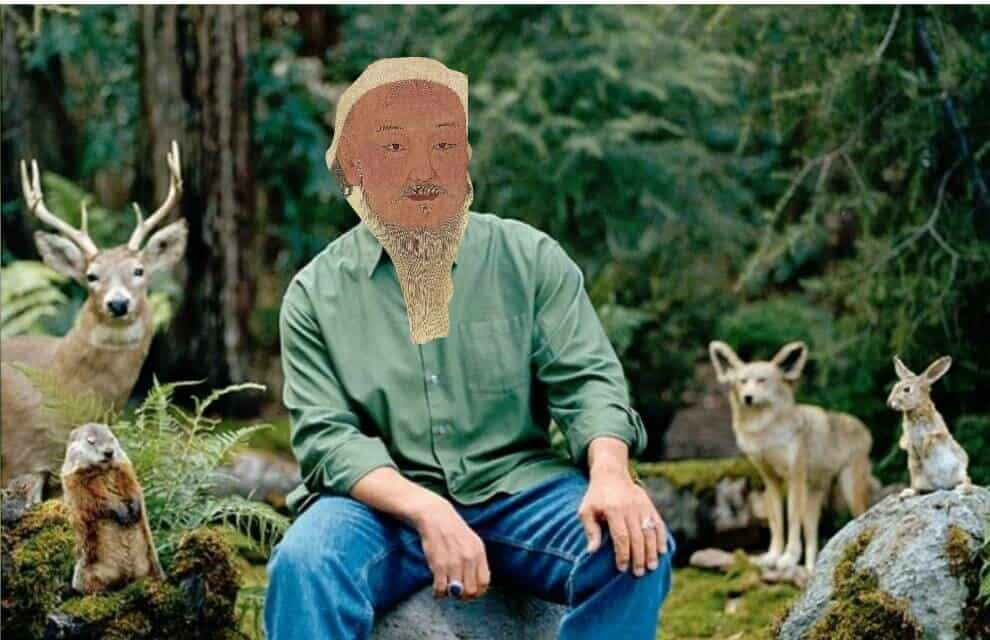Genghis Khan the environmentalist? Jarring as it sounds, it seems that the terrifying Mongol conqueror might have been an unintentional green leader who put a dent in global carbon emissions and helped cool down the planet. He cut down carbon emissions by 700 million tons. That is about a year’s worth of carbon emissions from gasoline today, and he did it at a time when the planet had only about 5% of 2021’s population. How did he pull that off? By killing a whole lot of people. Following are thirty things about that and other fascinating Genghis Khan facts.

30. Genghis Khan, the Eco Warrior
In 1206, after a series of bloody wars on the Eastern Steppe, a nomad leader named Temujin united the tribes of Mongolia under his rule. He then got himself declared Genghis Khan, or Universal Ruler, and set out on what his shamans declared was a divinely mandated mission of global conquest. He didn’t conquer the globe, but he and his successors created the world’s biggest empire until then. It still remains history’s largest contiguous land empire and is second in landmass only to the British Empire.
In addition to the creation of a massive empire, the Mongol invasions kicked off by Genghis Khan had another global impact that was not examined until quite recently. According to research by the Carnegie Institution’s Department of Global Ecology, the great Mongol warlord actually ended up cooling Earth. Not that such was his goal, or that he or anybody else back then had any notion about global warming or cooling or carbon emissions. Nonetheless, as seen below, that is just what he did.

